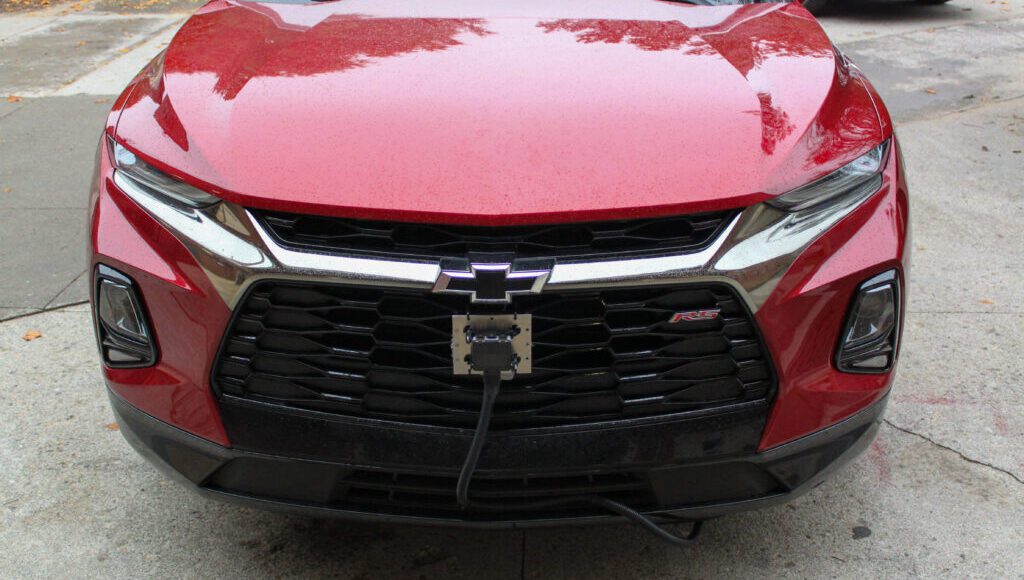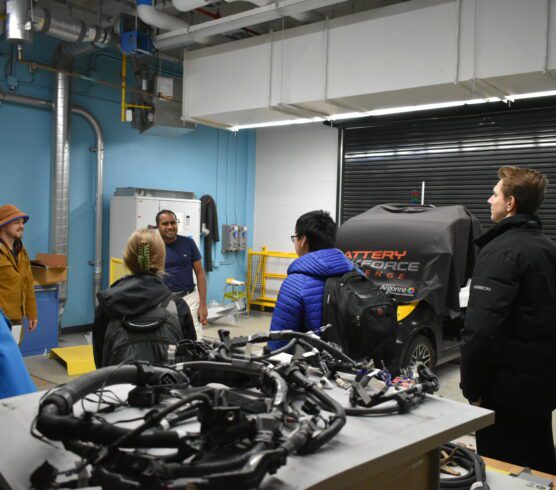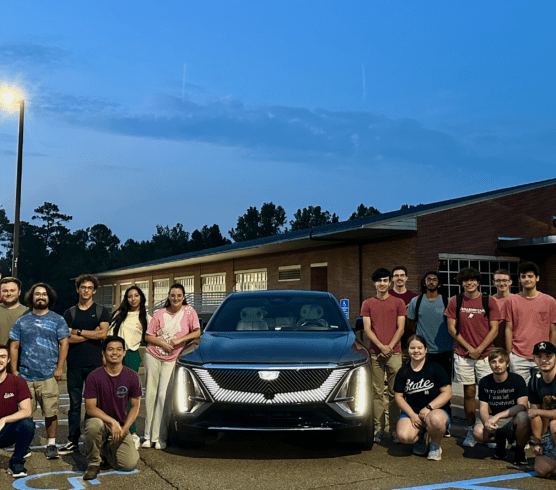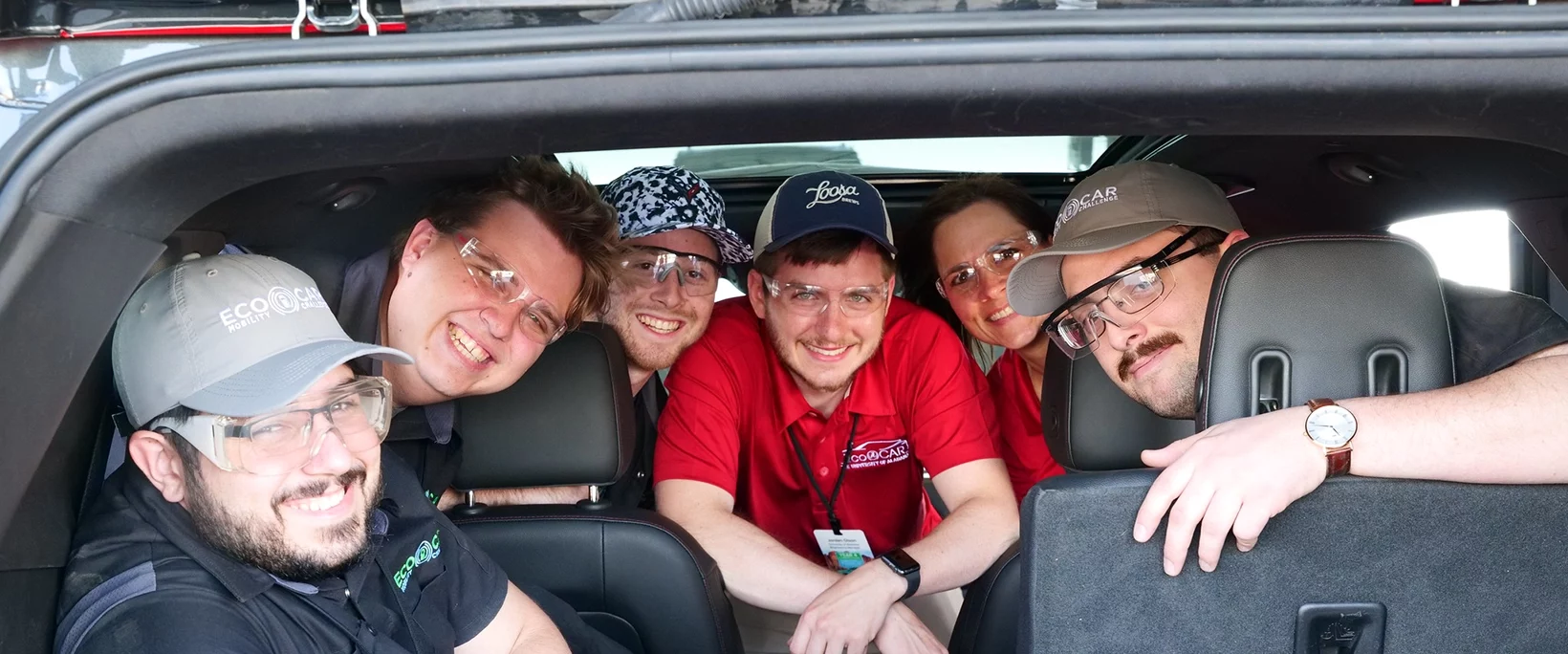The Hybrid Electric Vehicle Team’s (HEVT) Connected and Automated Vehicles (CAV) subteam has the exciting task of augmenting a stock 2019 Chevrolet Blazer with advanced technology features. Though the past year has steered CAVs focus in a new direction, the team has continued to succeed in their efforts due to their hard work and ongoing support from their engineering department leaders.
During the Fall of 2020, the HEVT CAVs subteam’s primary initiatives were vehicle connectivity and finalizing the perception system. This was completed through the use of sponsor donated tools and hardware such as Matlab and the Cohda Mk5 radios. The vehicle connectivity comes in the form of the Cohda Mk5 radios, provided by NXP. These radios allow for “Vehicle-to-Everything” (V2X) communication, such as vehicle-to-vehicle, vehicle-to-infrastructure, or even vehicle-to-pedestrian.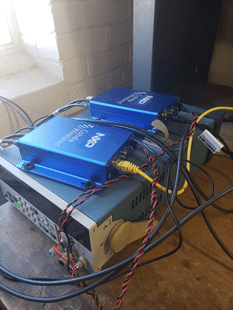
Connectivity can improve safety and reduce energy consumption by giving the car a better understanding of its environment. An example of this could be, vehicle-to-infrastructure where the vehicle communicates with an intersection. As the vehicle approaches an intersection, it is communicating that the light will switch to red before the vehicle can cross. Rather than approaching the intersection normally and braking to a stop, the vehicle could choose to lift off the throttle and coast to a stop. This would reduce the amount of energy consumed and provide a more comfortable ride for the passengers.
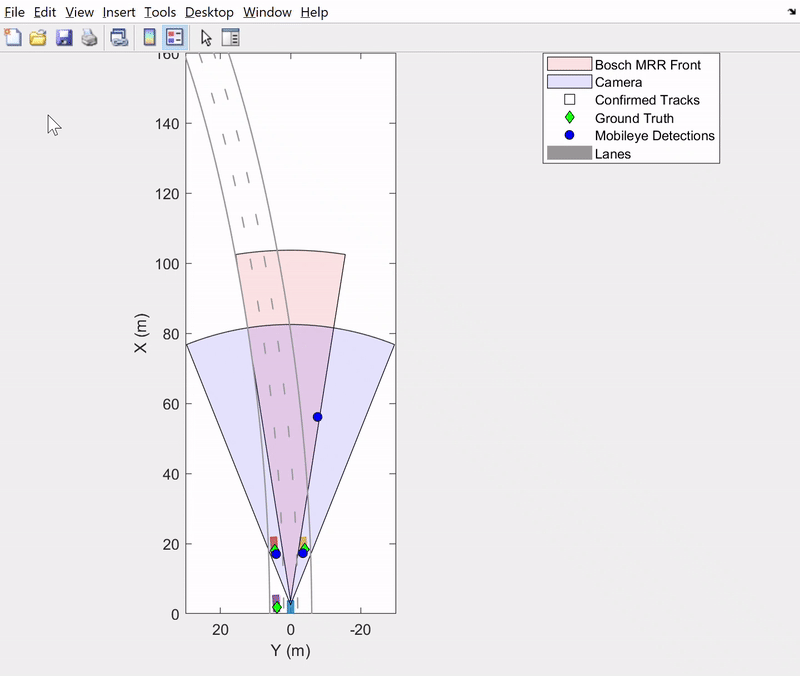

Currently, the CAVs subteam’s primary objective is developing and testing autonomous cruise control (ACC). Since ACC relies on the perception system, the sensor fusion and tracking will be tested first to make sure it is robust.
The other initiative that HEVT has been working on is the perception system, specifically sensor data fusion and tracking. The perception system reduces the error associated with sensor detections by tracking detected objects and fusing the data from various sensors together. By fusing data from multiple sensors, the perception system overcomes the weaknesses of a single sensor. Sensor fusion mitigates the possibility of missed or incorrect detections helping to make the vehicle safer.
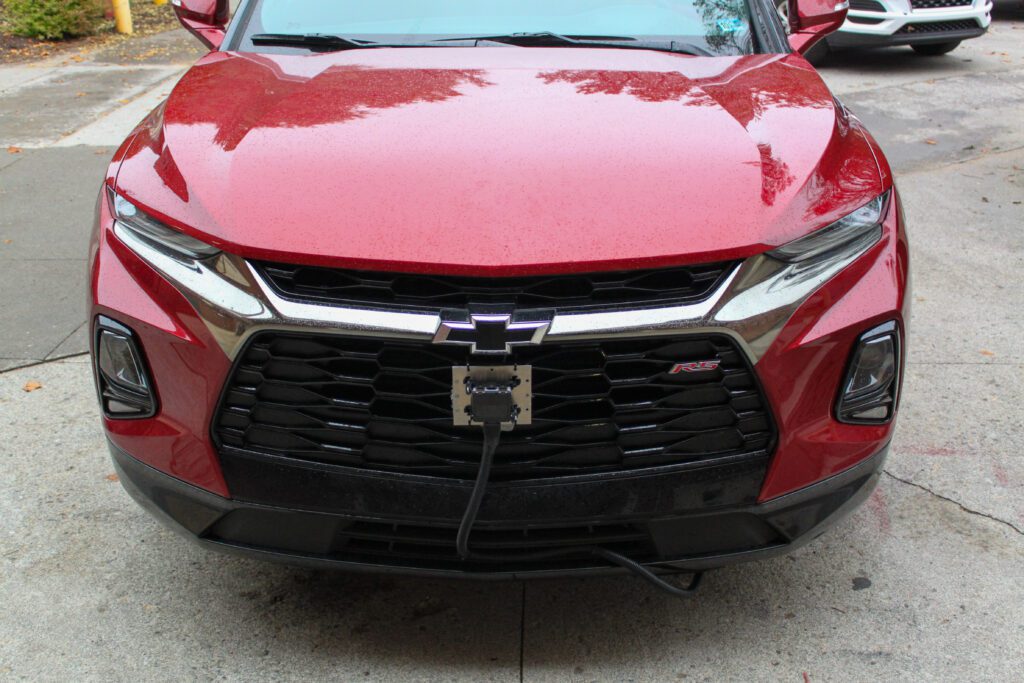

The COVID-19 pandemic and Virginia Tech’s abrupt response had a great impact on HEVT. As of March 2020, the Ware Lab was closed and the team’s access to the bay was lost during the rest of Spring semester and Summer 2020. CAVs decided to counteract this by putting a stronger focus on model refinement and software development, both of which could be completed remotely. This helped to have the team further along with algorithm development coming into the Fall 2020 semester and set up for testing success during the Spring 2021 semester. Much of the team’s success during the pandemic is due to the support from their university leaders.
“The Bradley Department of Electrical and Computer Engineering is proud to support the team working on the EcoCAR Mobility Challenge. The competition enables our team of undergraduate and graduate students to develop and demonstrate their engineering acumen by working on the real-world challenges facing next-generation connected, automated vehicles,” said Dr. Lester, Virginia Tech ECE Department Head. “This project is an excellent complement to a degree program that is always seeking to balance its heavy theoretical work with practical experiences that enrich the lives of students and society.”
The CAVs subteam is excited to tackle the challenges presented to them during year three of competition!
